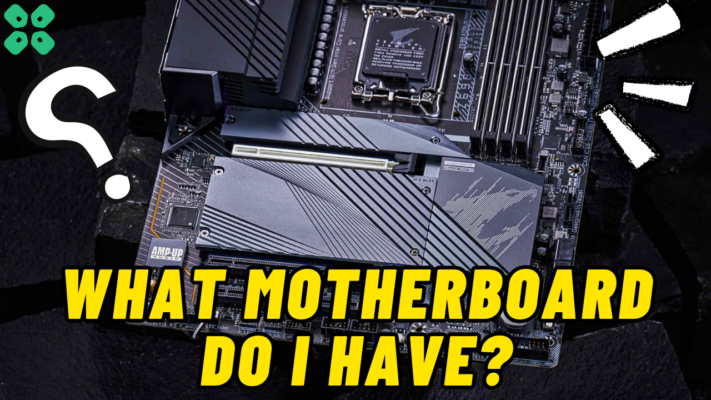A new ROG Ally BIOS update released by Asus has substantially affected the overall performance of the console, and you must avoid it!
ROG Ally BIOS updates generally fix many problems like crashing or bluescreen errors. The goal of the new update was to contain fixes and performance optimization that would improve the overall performance and battery life of the console. Unfortunately, ROG Ally’s powerful CPU (Z1 Extreme) has shown a significant reduction in performance via benchmarks ever since the latest ROG Ally BIOS update 319.
Asus has issued a warning in their latest broadcast, asking players to avoid the latest ROG Ally BIOS update 319. Senior Marketing Manager at Asus said
“Some users are reporting lowered performance on the latest BIOS 319, if you want to hold off on that BIOS update you can.”
Whitson Gordon at Asus Broadcast
The aim of this new update was to improve the efficiency of the 9W TDP operating mode profile for resolving battery draining issues with optimized performance. But instead of improvising, this new update made things worse. Both performance and battery life seemed significantly affected according to The Phawx benchmarks while playing AAA games like Batman Arkham Knight and Red Dead Redemption 2.

Asus has not given any update on releasing a new patch for fixing the issues caused by the latest ROG Ally BIOS update. Those who have already updated to the latest 319 BIOS can downgrade to the old version by downloading the 317 BIOS version from Asus’s support website, which is much more stable.







